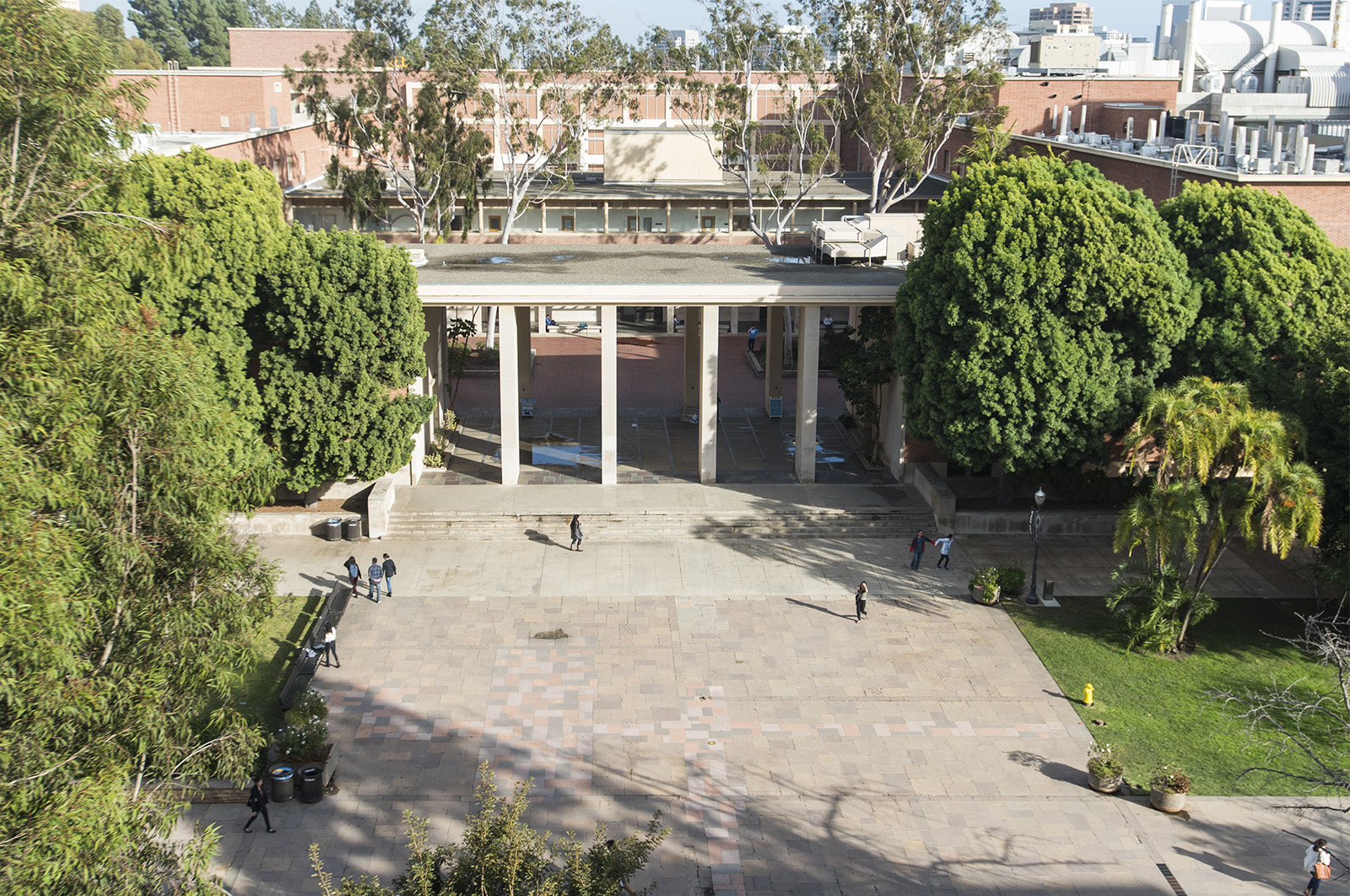UCLA researchers determine atomic structure of defective prions

UCLA researchers used a technique called MicroED to determine the structure of prions, which can become defective in the body and cause diseases such as mad cow disease. (Daily Bruin file photo)
By Joseph Ong
Jan. 29, 2018 12:46 a.m.
UCLA researchers have determined the atomic structure of part of a protein that causes certain neurodegenerative diseases.
In a study published earlier in January, researchers in the lab of Jose Rodriguez, assistant professor of chemistry and biochemistry, determined the structure of a segment of prion, a protein that causes diseases such as mad cow disease, when it is defective. Visualizing the prion allows other researchers to understand the basis behind prion diseases and develop therapies toward preventing and treating them.
Prions, which are found mainly in the brain, may randomly become defective and convert normal prions into additional defective prions, spreading the disease throughout the brain and resulting in death, according to the Centers for Disease Control. Individuals who come into contact with the flesh or fluids of animals with defective prions can contract them, spreading the disease.
Prion diseases are particularly dangerous because defective prions aggregate into stable clumps of protein that the body cannot easily break down, Rodriguez said.
“You can boil (a prion aggregate), dip it in acid, treat it (with harsh chemicals), and it still won’t lose its shape or break apart,” he said.
Rodriguez said his lab decided to determine the structure of the defective prion in order to understand its extreme stability.
Calina Glynn, a graduate student in Rodriguez’ lab, said they studied a segment of the prion of a small rodent called the bank vole. This segment behaved like a defective prion, so it served as a good model for studying prion diseases, Rodriguez said.
While most animals usually do not contract prions from other species, the bank vole easily contracts defective prions from other animals, Glynn said. Marcus Gallagher-Jones, a postdoctoral researcher in Rodriguez’s lab, said studying the bank vole prion may explain why bank voles are so susceptible to prion diseases and inform further research on how defective prions spread.
The researchers used a technique called MicroED to determine the protein’s structure, Glynn said. MicroED allowed the researchers to see fine details in the protein structure that would otherwise be invisible with traditional techniques like X-ray crystallography, she said.
Gallagher-Jones said that using MicroED, the researchers could see the position of hydrogen atoms in the protein, a feat not normally possible with X-ray crystallography. Seeing the hydrogen atoms helped the researchers realize the hydrogen atoms form a network that helps glue prions together into an aggregate.
“We’re very interested in seeing how the network of hydrogen bonding plays a role in the prion’s stability,” he said.
Rodriguez said his lab’s work highlighted the advantages of MicroED and that a high resolution structure of the aggregated prion can help other researchers develop approaches to treating prion diseases.
“MicroED (allowed us to determine) structures of proteins that have been challenging by traditional methods,” he said. “We’re now starting to get high-resolution structures of prions in their aggregated state. It’s a goal that was out of reach for a while.”


